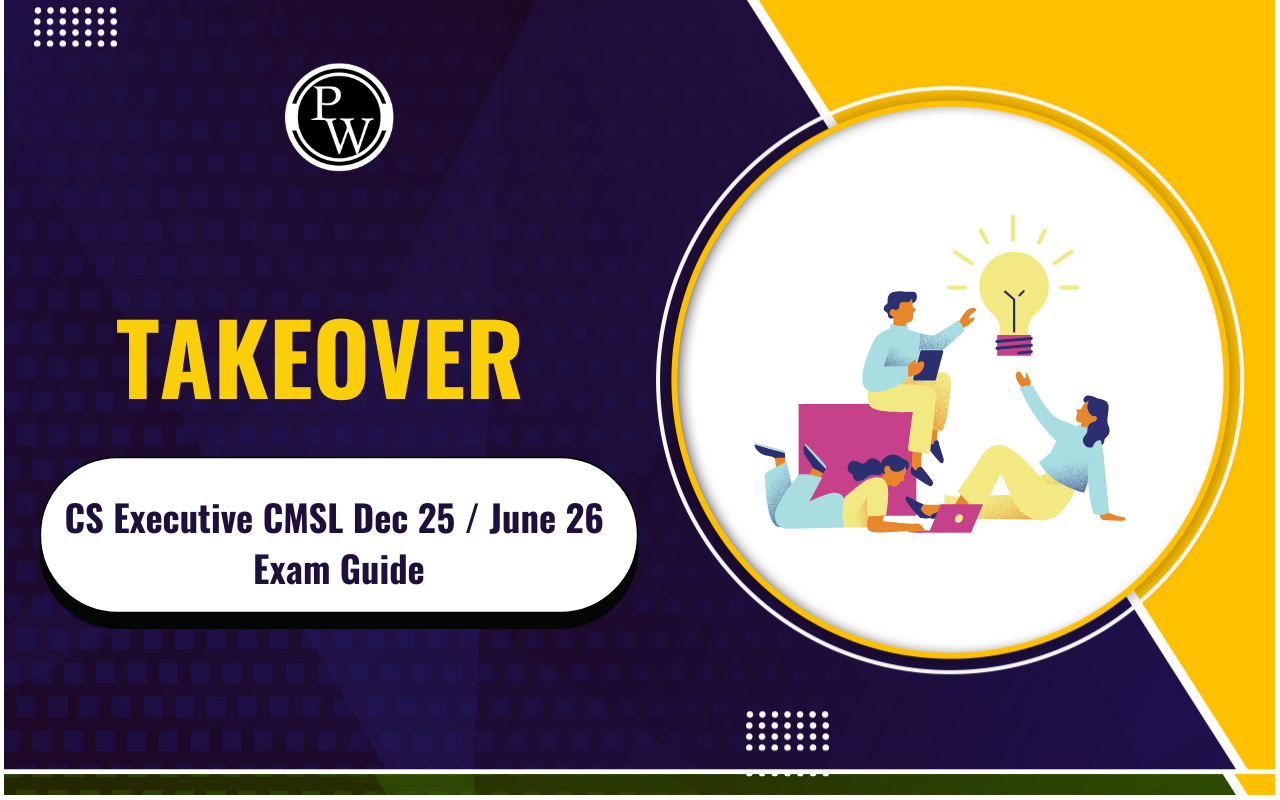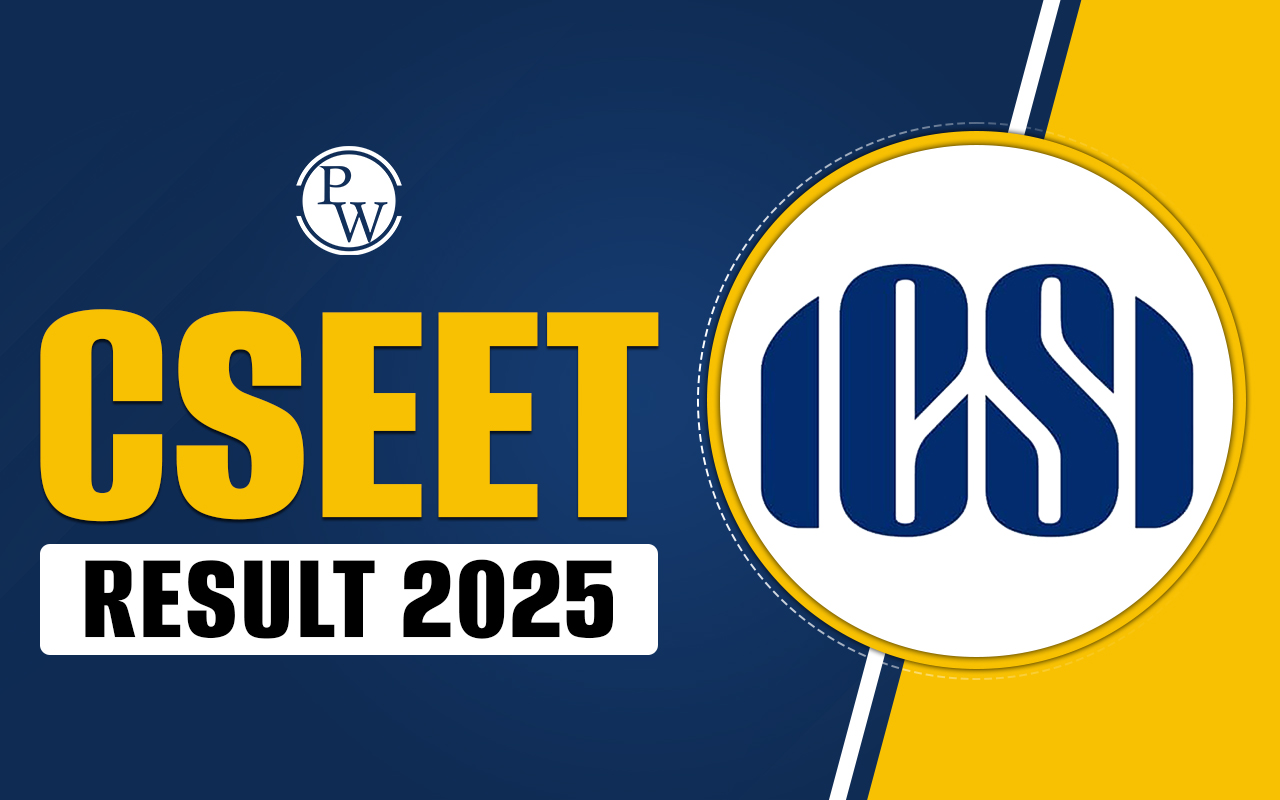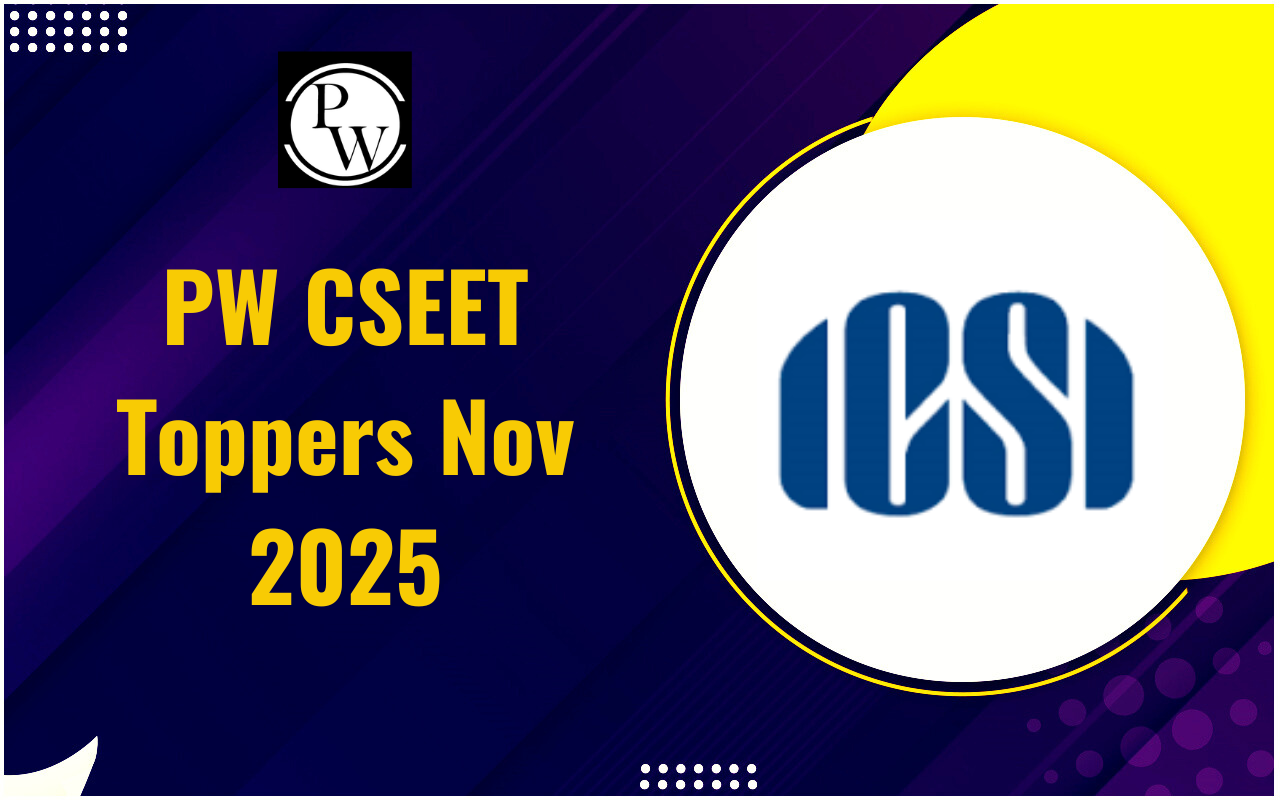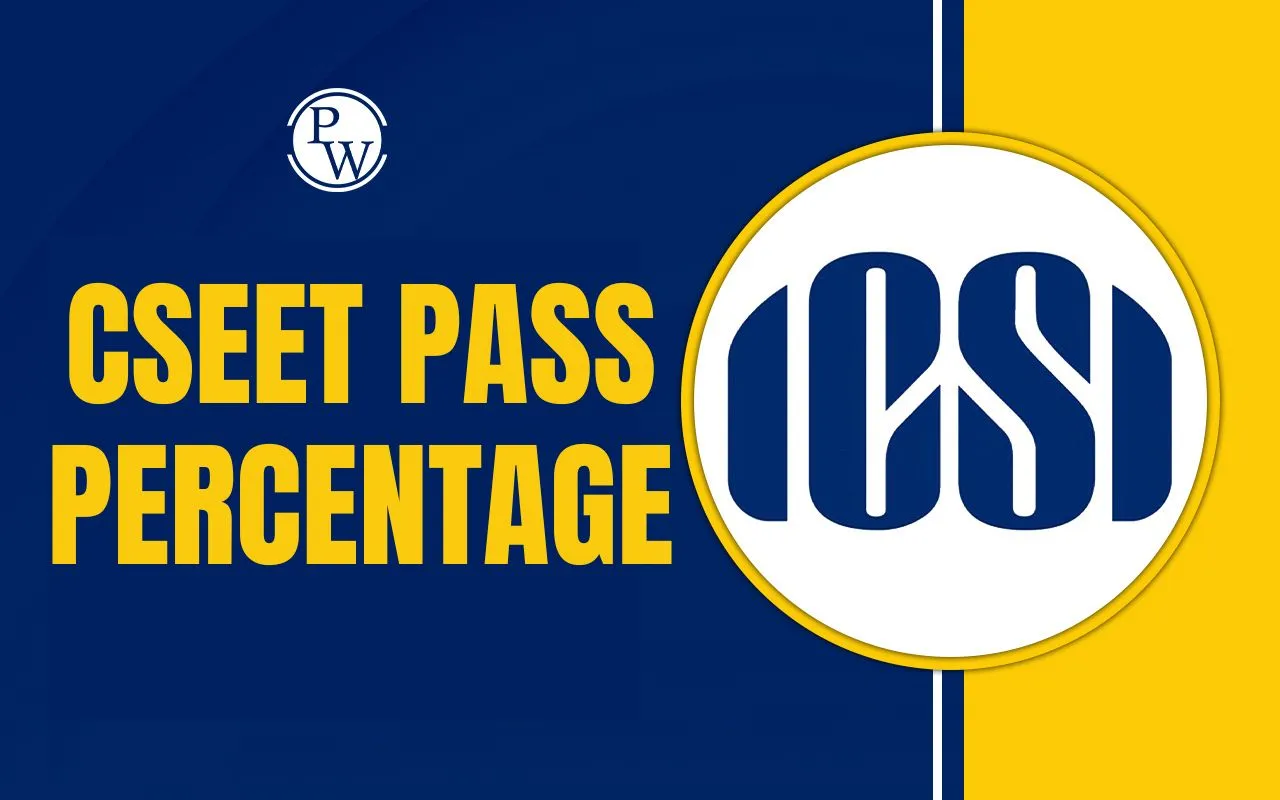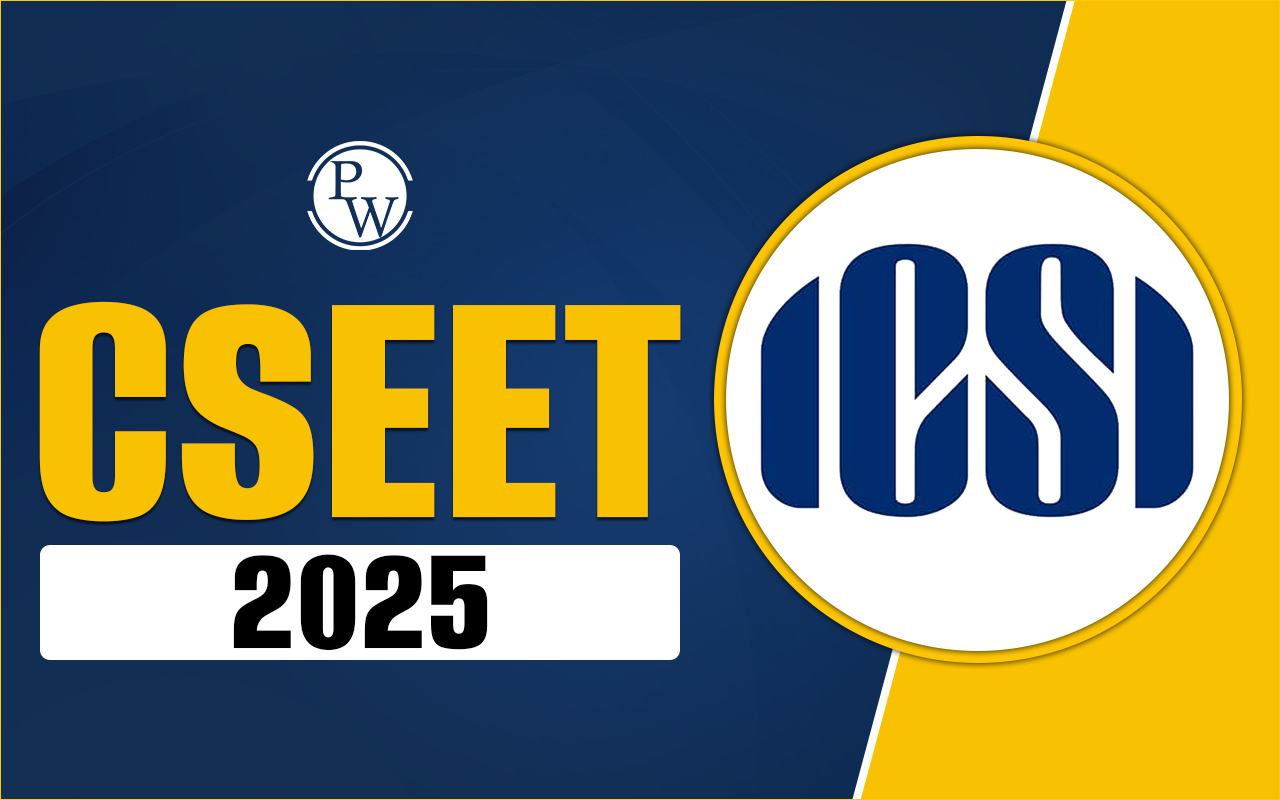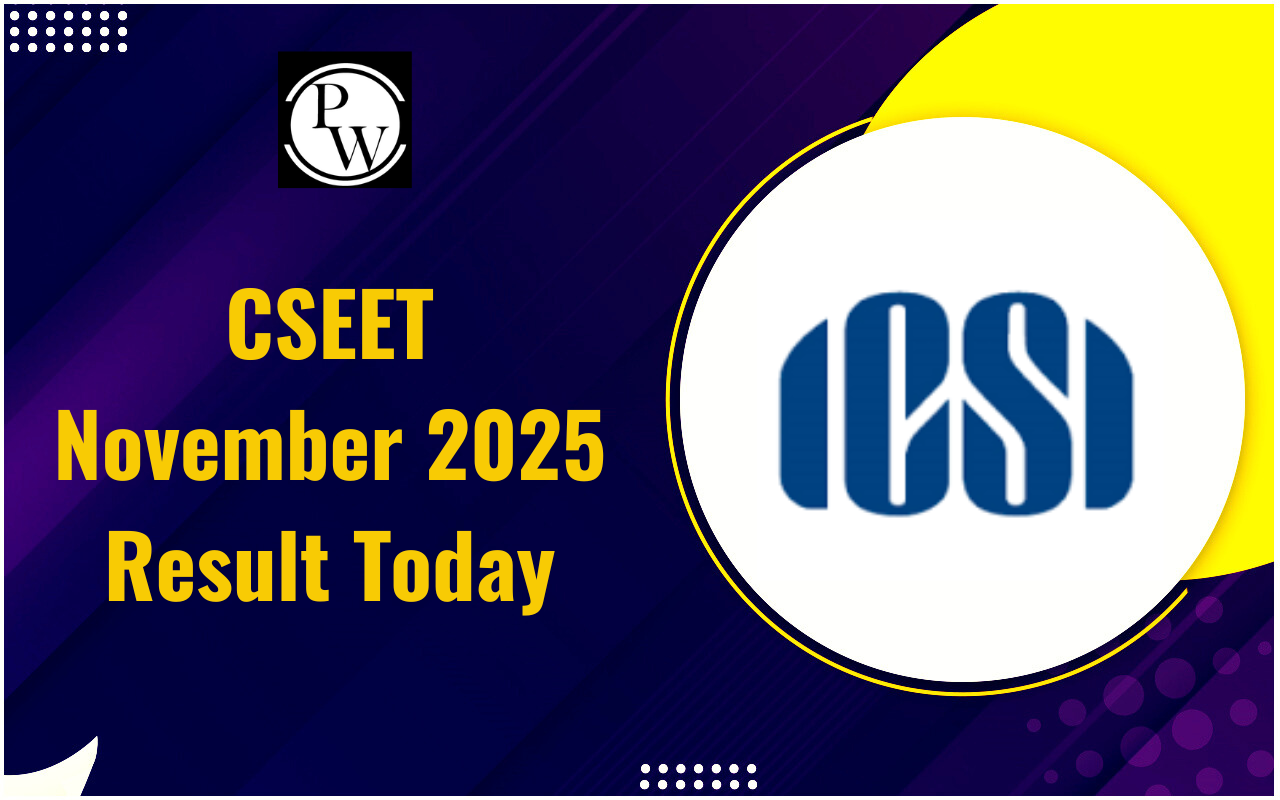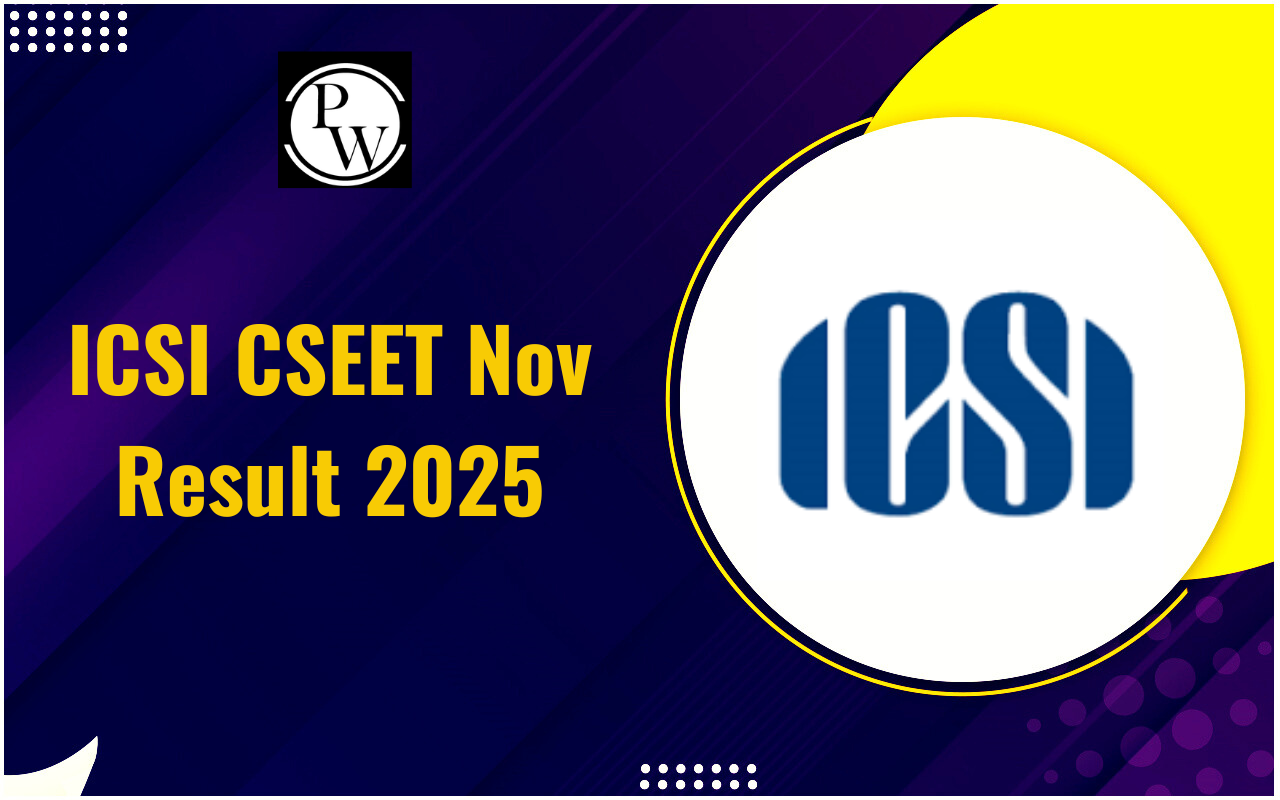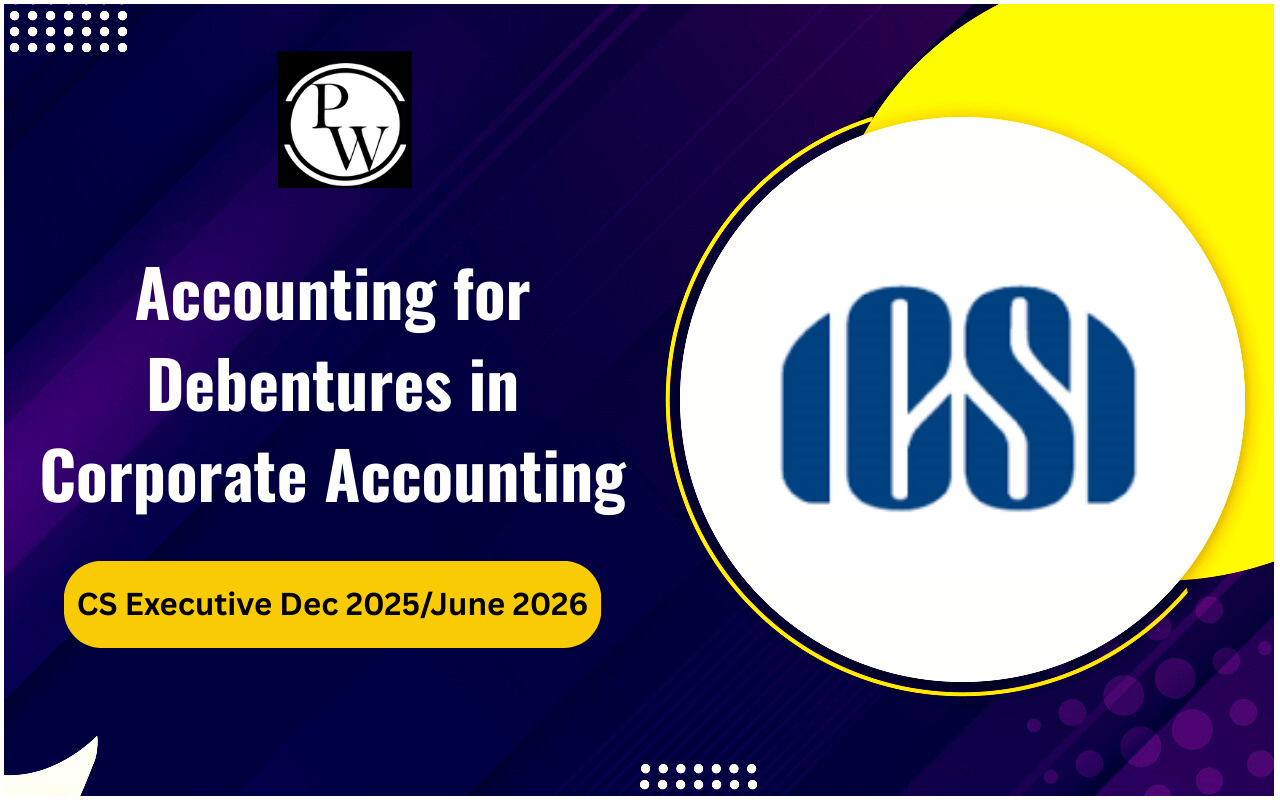
Life Cycle of a Startup: Building a startup is like nurturing a plant. It all begins with a tiny seed of an idea, and with time and care, it can blossom into a thriving business. Let’s break down the Life Cycle of a Startup in simple terms, making it easy enough for students to understand how businesses are created step by step from scratch.
What is the Life Cycle of a Startup?
The Life Cycle of a Startup is all about the journey a startup embarks on, starting from that initial spark of an idea all the way to when they decide to exit the business. It’s made up of six essential steps: Pre-Seed Stage, Seed Stage, Early Stage, Growth Stage, Expansion Stage and Exit Stage. This cycle is a valuable tool for founders, helping them pinpoint where they are in the process and what actions they need to take to thrive
The Cycle of a Startup
Below, we’ve explained the cycle of a startup step-by-step to help you see how a simple idea can turn into a real business:
Pre-Seed Stage (Idea)
The Life Cycle of a Startup begins with an Idea. This phase is referred to as the Pre-Seed Stage. At this moment, founders are reflecting profoundly. They attempt to determine whether their concepts can address a genuine issue. This phase focuses on generating startup ideas. They conduct studies and inquire about the challenges individuals encounter. They attempt to create an uncomplicated solution in their thoughts. They begin reaching out to close friends and family for minor assistance and financial support. Some also enroll names, domains, and trademarks.
For example, AERA Health began with a concept aimed at assisting healthcare professionals. They developed their concepts and secured funding from investors during the pre-seed phase
Seed Stage(Turning the Idea into a Plan)
During the seed stage, the founders progress further in the Life Cycle of Startuo. They are currently attempting to demonstrate that their concepts are not only good but also practical. They gather information, develop a prototype, and evaluate it.
This phase is referred to as the startup launch phase since you begin presenting your plan to others. You connect with initial users and gather information. At this point, you’ll require additional funds, so you might connect with angel investors or participate in startup initiatives.
Also Check: Social Stock Exchang
Early Stage (Building the Product)
Now, the idea has become clearer. This is the early stage of the Life Cycle of a Startup. Here, the team works hard to build a working product called an MVP, Minimum Viable Product. It is a basic form of the product with the main features.
Founders continue testing the product. They learn what works and what does not. They talk to users, get their views, and keep improving the product. They also start hiring more people and forming a strong team.
This stage is important because it lays the base for growth. It is the time when dreams start becoming real.
Growth Stage (Reaching More People)
The growth stage in the Life Cycle of a Startup is when more and more people start using the product. The startup starts earning money. Founders make plans to spread their product in new places.
Marketing becomes important at this stage. The team works to increase sales and serve users better. They also try to keep their old users happy. This is the time when investors may offer more money for the startup to grow.
Founders also bring in senior team members, like managers and advisors, who can help guide the company.
Expansion Stage (Scaling Up the Business)
At this point in the Life Cycle of a Startup, the company is performing strongly. The team is considering expanding its efforts. They might provide additional features or expand the product to different cities or nations.
This phase requires careful preparation. The group needs to serve additional clients and oversee a bigger team. They might also incorporate additional tools, equipment, and personnel to ensure the business operates smoothly.
This is also an opportune moment for founders to consider their startup exit strategies. They might begin contemplating the future, whether to keep operating the startup or sell it eventually.
Exit Stage (Planning the Future)
The last phase in the Life Cycle of a Startup is the exit stage. In this scenario, the founders determine the long-term direction of the business. This could involve selling the business, merging it with another organization, or going public.
During this stage of planning for a startup exit, the emphasis is on obtaining fair value for the efforts invested up to this point. Certain founders remain with the business even following the exit, whereas others launch a new startup once again.
Tips to Master Every Stage
Below, we’ve mentioned tips to master every Life Cycle of the Startup Stage
- Always listen to your users. Their feedback is the key
- Don’t be afraid to change and improve your idea.
- Keep your team strong and focused.
- Plan your spending wisely.
- Protect your ideas and register your name and logo early
Why the Life Cycle of a Startup Matters?
Understanding the Life Cycle of a Startup helps aspiring founders in anticipating challenges. Every phase presents unique challenges and benefits. By thoughtfully planning from generating startup ideas to launching the startup and ultimately planning for exit, founders can create robust companies.
Keep in mind that the Life Cycle of a Startup is not a competition. It is an adventure rich in knowledge. Through careful planning and perseverance, anyone can transform an idea into a thriving business.
Join PW CS Online Courses and build a strong foundation in corporate laws and governance with structured learning and dedicated support.
| CSEET Related Links | |
| CSEET | CSEET Registration |
| CSEET Exam Date | CSEET Syllabus |
| CSEET Exam Pattern | CSEET Admit Card |
| CSEET Eligibility Criteria | CSEET Exam Centres |
Life Cycle of a Startup FAQs
What is the Life Cycle of a Startup?
Why is the pre-seed stage important?
When does a startup launch its first product?
What happens in the expansion stage?

